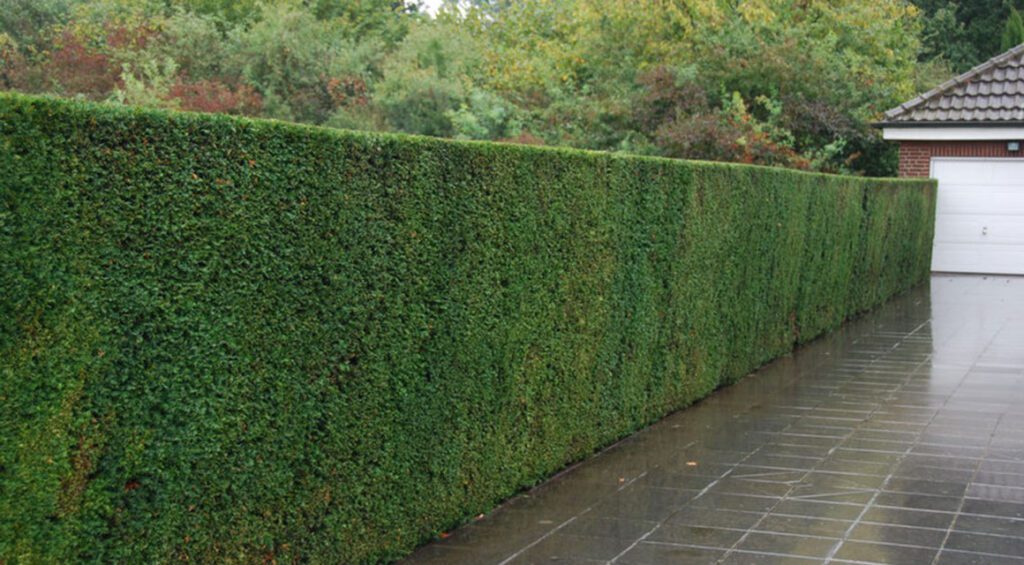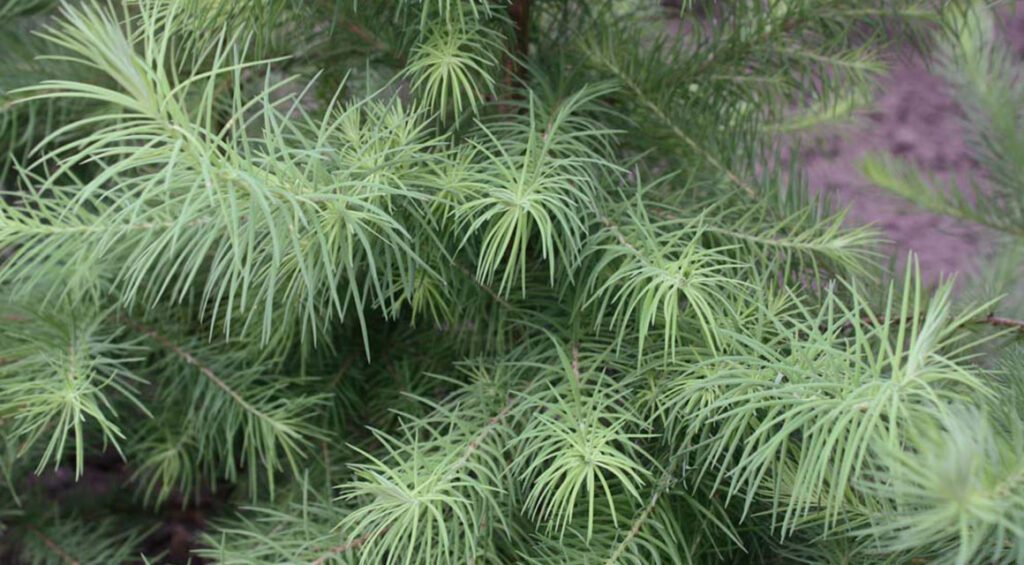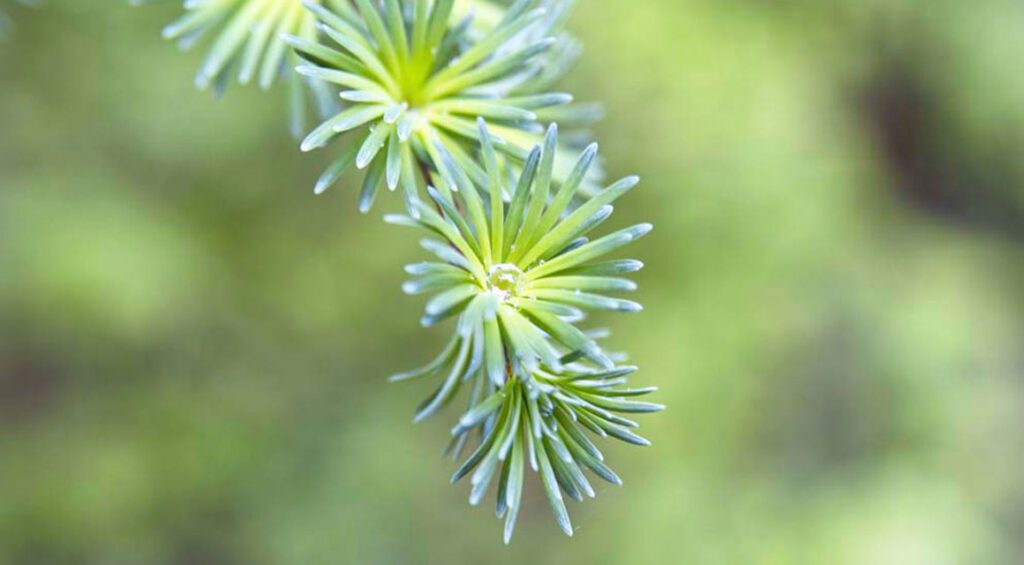Do you want to buy a conifer hedge? Then it is good to first think carefully about what conifers you should buy the best. In doing so, also pay attention to your garden type. How wide and how high can a mature hedge be in your garden? We have compiled a practical checklist for you, which will make it easier to buy suitable conifers, because a pretty conifer hedge actually suits any garden.

Contents
Buying conifers? Use our practical checklist!
You have decided: you are going to plant a stylish conifer hedge in your garden. However, you are not a conifer specialist. But that’s not a problem any further, because here now follows our practical checklist that we’ve compiled just for you.
- Do you want to plant an evergreen conifer hedge? Almost all conifers from our web store are evergreen varieties: the Thuja, the Yew, the Leyland Cypress, and the False Cypress. Less suitable varieties are Japanese larches or primeval redwoods.
- Do you prefer a low-maintenance hedge? Then select varieties that do not grow too quickly in height or width. Such varieties then also do not need to be cut back so often. Suitable varieties are, for example, yew, Thuja ‘Smaragd’ and cypress. Less suitable varieties are Leyland cypress and Thuja plicata.
- Would you like to have a tall conifer hedge? Not all conifers are suitable to grow 2 meters or higher. These varieties are suitable: the Thuja plicata and the Leyland cypress. Less suitable varieties are yew, mock cypress and the Thuja occidentalis.
- Do you have dry and/or nutrient-poor soil in your garden? In principle, most conifers can be planted in almost any garden soil. However, there are certain conifers, such as Thuja and Leyland cypress, that are sensitive when it comes to prolonged drought. Therefore, regularly mix and enrich your garden soil with humus, fertilize your conifer hedge in a timely manner, and water your hedge, especially when there is a lot of prolonged heat and drought. All conifers are suitable in this regard, but not the primeval redwood.
- Do you have a particularly wet garden soil? Conifers, such as the yew, thuja and Leyland cypress, do not cope well when garden soils are particularly moist. Therefore, make sure your garden soil has a good drainage system or select conifers that can better handle wet soils. This hedge plant variety is suitable: the primeval redwood.
- Would you like to have an opaque conifer hedge that can reach a decent growth height in your garden? Then take a conifer hedge as a prefabricated hedge. In our webshop there are several varieties of conifers available as prefabricated hedges, think here for example of the yew and the thuja. But you don’t want a prefabricated hedge? Then the Leyland cypress is a good option: this hedge plant can grow up to 1 meter per year.

Buying conifers: what else should you look out for?
In this checklist are a few important things to look for when you want to buy conifers. However, your garden type also plays a role, as does the size of your plot. Fast-growing conifers in particular tend to be unsuitable for small urban gardens, think Leyland cypress here. Also, different varieties of Thuja plicata (giant arborvitae) are usually not planted in smaller gardens. This is because you would then have to reach for the hedge trimmer far too often, but even then your conifer hedge will grow too much in width, making it unsuitable for small plots.
A fairly slow-growing conifer variety that does well in large or small gardens is the yew. In addition, yew can also be used well as a tight, formal hedge. Therefore, a yew hedge fits quite well with a modern (or even classic) type of garden with lots of straight lines. However, hardy conifers, such as Thuja plicata or Leyland cypress, can be used especially well in a country or informal garden. Otherwise, be sure to select conifers that you particularly like. The look of your garden should, of course, please you and your family first and foremost.

Buying conifers as a prefabricated hedge: the advantages.
As we said before, conifers are also sold as a practical prefabricated hedge. But what is actually the advantage of a prefabricated hedge? The first advantage is, of course, that with prefabricated hedges you do not need to wait for the small, young hedge plants to grow into full-grown conifer hedges. So you can save a lot of time and patience with prefabricated hedges, but also quite a lot of maintenance. Young hedge plants are also much more sensitive than adult specimens, so they should be watered regularly. Also, the garden soil should have optimal properties, so that young conifers get all the nutrients they need.
Conifers as a practical prefabricated hedge are already fully grown and therefore particularly easy to care for. Depending entirely on the growth rate of the conifer you have selected, you should prune it once to three times a year. It should also be fertilized once a year. If there is a lot of heat and drought, you should water your mature conifer hedge well. These basic rules should be followed to keep your conifer hedge healthy and strong. However, a conifer hedge as a prefabricated hedge also ensures that your garden will quickly become a privacy garden. So you no longer have to wait for your young, low hedge to finally become opaque to ward off curious glances from pedestrians.


